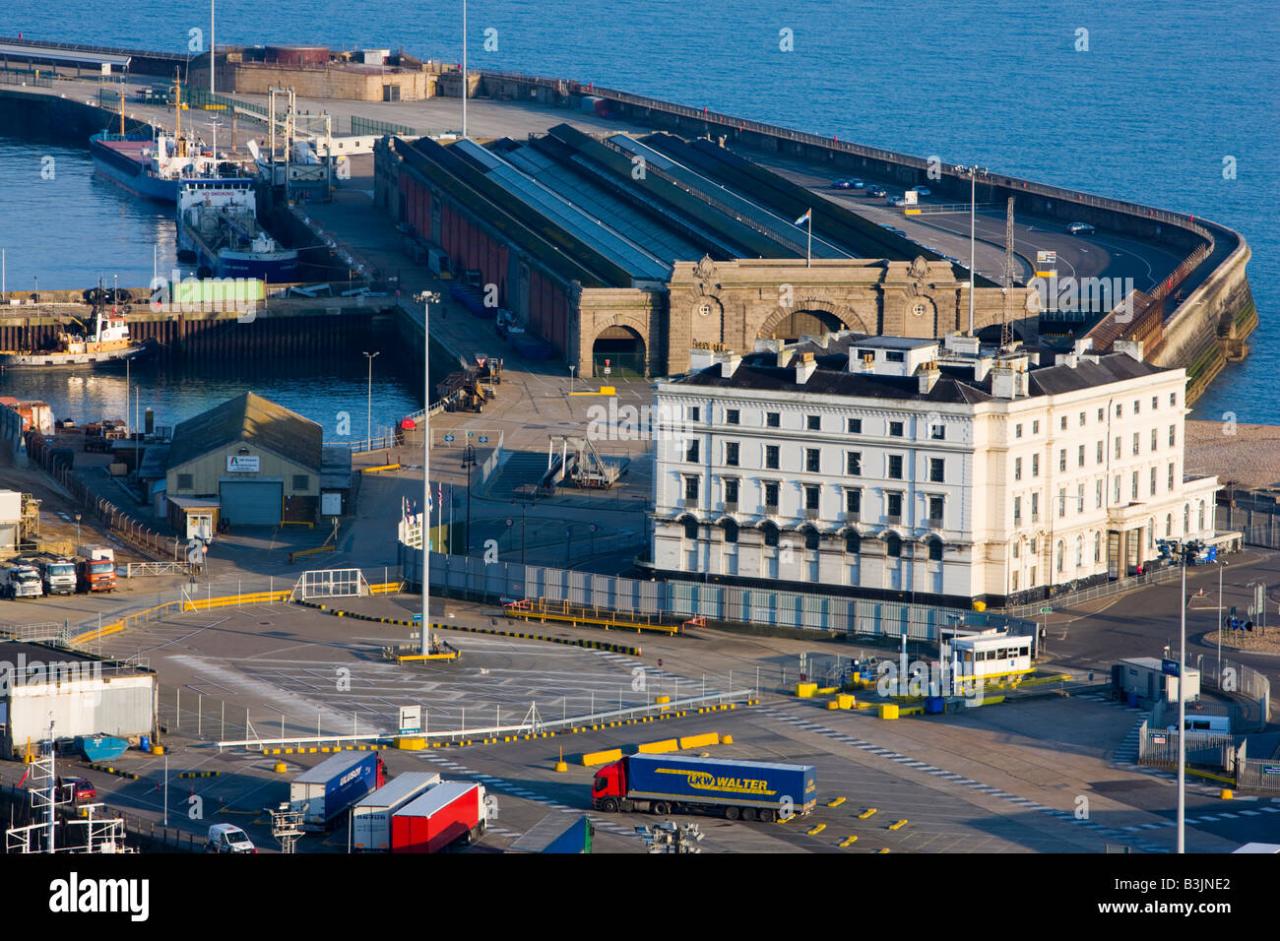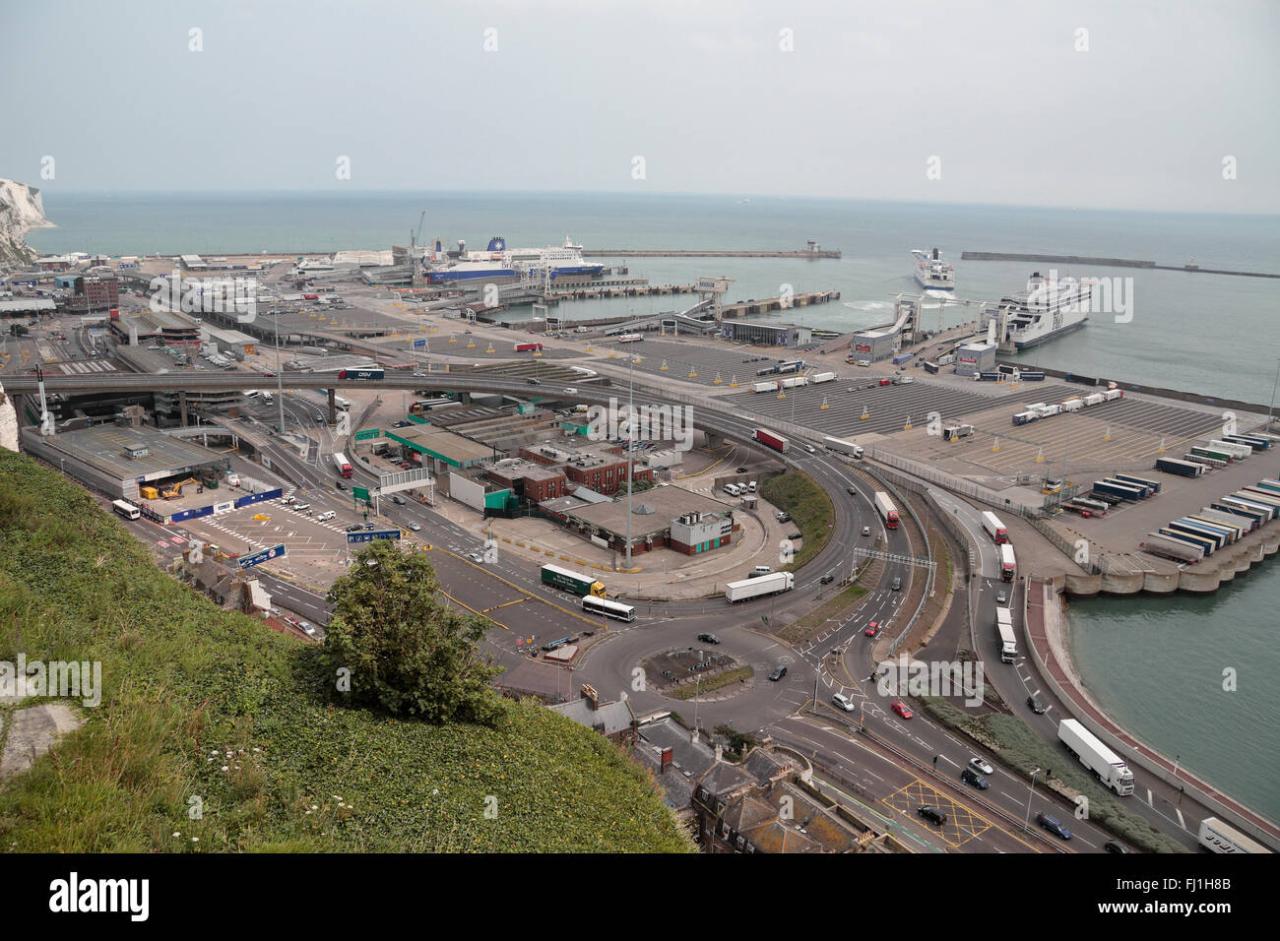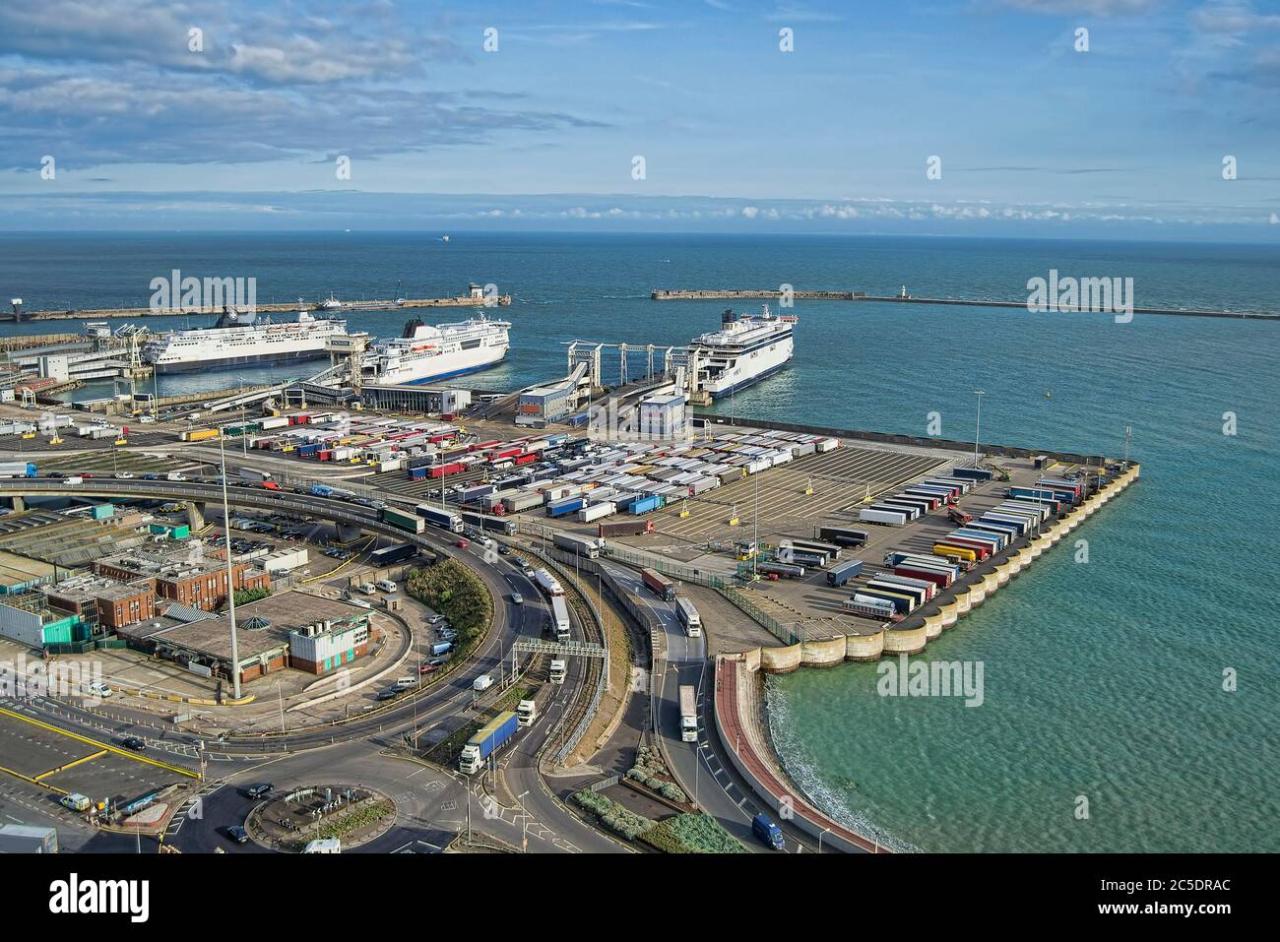Port Dover camera surveillance presents a multifaceted issue, blending concerns about public safety, technological advancements, and individual privacy. This exploration delves into the various types of cameras deployed throughout Port Dover, Ontario, examining their locations, purposes, and the impact on both residents and tourists. We will analyze the legal and ethical implications of this widespread surveillance, considering potential benefits and drawbacks.
The study considers the technological aspects of the camera systems, comparing their capabilities and exploring the infrastructure necessary to support them. We will also examine how these cameras influence feelings of safety and security within the community, comparing perspectives from different stakeholders. Finally, a hypothetical overview of camera coverage will provide a visual understanding of the system’s reach and potential implications.
Port Dover Camera Usage & Purpose

Cameras in Port Dover, like in many other small towns, serve a multifaceted purpose, primarily focused on enhancing public safety and managing the flow of traffic. Their deployment is a balance between ensuring community security and addressing potential privacy concerns.The primary purposes of cameras in Port Dover are crime prevention and detection, traffic monitoring and management, and assisting in emergency response situations.
The benefits include a potential reduction in crime rates through increased surveillance, improved traffic flow leading to reduced congestion and accidents, and quicker response times for emergency services by providing visual information to first responders. Potential drawbacks include concerns about privacy violations, the possibility of cameras malfunctioning or being misused, and the cost of installation, maintenance, and data storage.
Camera Usage Comparison with Similar Towns
While precise comparative data on camera usage across similar-sized towns is difficult to obtain publicly, a general comparison can be made. Port Dover, being a tourist destination with seasonal population fluctuations, likely experiences a different camera usage profile than a comparably sized town that is primarily residential. Towns with higher crime rates might deploy cameras more extensively, focusing on high-risk areas.
Coastal towns might prioritize cameras focused on waterfront areas for safety and security. Port Dover’s specific needs dictate the strategic placement and usage of its camera systems.
Examples of Camera Footage Usage
Camera footage in Port Dover is used in various ways. For crime prevention, recordings can help identify suspects in theft, vandalism, or other criminal activities. Police can use this footage as evidence in investigations and prosecutions. For traffic management, cameras can monitor traffic flow, identify areas of congestion, and assist in enforcing traffic regulations. For instance, cameras might be placed at busy intersections to monitor speeding or red-light running.
In emergency situations, footage can help emergency services assess the scene of an accident or other incident before arrival, facilitating a quicker and more effective response. For example, a fire could be quickly assessed via camera footage to determine the optimal approach for firefighters.
Legal and Ethical Considerations of Port Dover Cameras
The implementation of a surveillance camera network in Port Dover necessitates a careful consideration of the legal and ethical implications. Balancing the community’s security needs with the fundamental right to privacy is crucial. This section will explore the relevant legal framework, ethical considerations, and potential privacy concerns associated with the use of cameras in public spaces within Port Dover.
A proposed policy for responsible camera usage will also be presented.
Legal Framework for Surveillance Cameras in Port Dover
The legal framework governing surveillance cameras in public spaces in Port Dover, like other municipalities in Ontario, is primarily governed by provincial and federal legislation. This includes privacy laws such as the Personal Information Protection Act (PIPA) and the Municipal Act, which Artikel the powers and responsibilities of municipalities regarding surveillance. Specifically, municipalities must balance the need for public safety and security with the protection of individual privacy rights.
The use of cameras must be justified, proportionate to the objective, and conducted in a manner that respects privacy rights. Any collection, use, or disclosure of personal information captured by cameras must comply with PIPA’s requirements, including obtaining consent where necessary and ensuring the information is securely stored and protected from unauthorized access. Further legal guidance may be sought from the Office of the Information and Privacy Commissioner of Ontario (IPC).
Ethical Implications of Widespread Camera Surveillance
Widespread camera surveillance in Port Dover raises several ethical concerns. The potential for chilling effects on free speech and assembly is a significant consideration. Individuals may be less likely to engage in lawful activities if they fear constant surveillance. There’s also the issue of potential bias in the application and interpretation of camera footage, leading to discriminatory practices.
High-resolution cameras, like those potentially used in Port Dover, offer exceptional surveillance capabilities. Understanding the technological advancements in drone technology is crucial, especially concerning the capabilities of drones such as the shahed drone , which highlights the need for sophisticated countermeasures. Therefore, evaluating the effectiveness of Port Dover’s camera systems against potential threats from advanced aerial surveillance is a key security concern.
For example, algorithms used to analyze camera footage may inadvertently perpetuate existing societal biases. Furthermore, the sheer scale of data collected raises concerns about the potential for misuse or unauthorized access. A robust ethical framework is needed to ensure that the use of cameras aligns with community values and respects the dignity of all individuals.
Privacy Concerns Associated with Port Dover Cameras
The use of surveillance cameras in Port Dover presents several privacy concerns. The cameras may capture images of individuals without their knowledge or consent, potentially leading to the collection and storage of sensitive personal information. This includes images that could reveal personal details, such as conversations, medical conditions, or activities deemed private. The potential for facial recognition technology further exacerbates these concerns, enabling the identification and tracking of individuals without their knowledge or consent.
The long-term storage of this data also raises questions about data security and the potential for misuse. Clear guidelines on data retention and disposal are necessary to mitigate these risks.
Proposed Policy for Responsible Camera Usage in Port Dover
A responsible camera usage policy for Port Dover should prioritize transparency, accountability, and privacy protection. The policy should clearly define the purpose of the camera network, the locations of cameras, the types of data collected, and the data retention policies. It should also establish a mechanism for individuals to access and correct any inaccurate information about them. Furthermore, the policy should Artikel procedures for handling complaints and addressing privacy concerns.
Regular audits of the camera network and its operation should be conducted to ensure compliance with the policy and relevant legislation. The policy should also specify the training and oversight mechanisms for personnel involved in managing and monitoring the camera system. Finally, the policy should incorporate mechanisms for public consultation and feedback to ensure community involvement in shaping the use of surveillance technologies in Port Dover.
Port Dover’s charming streets and picturesque harbour often serve as captivating backdrops for photography. For capturing those detailed shots, a camera with exceptional image quality is essential; consider the compact yet powerful fujifilm x100v , known for its stunning results. Returning to Port Dover, its versatility makes it perfect for capturing everything from bustling market scenes to the serene beauty of the waterfront.
Technological Aspects of Port Dover Cameras

The technology underpinning the camera systems in Port Dover is diverse, reflecting both the evolving nature of surveillance technology and the specific needs of the community. Different camera types offer varying capabilities, influencing their deployment and effectiveness in different locations and situations. Understanding these technological aspects is crucial for evaluating the overall effectiveness and impact of the camera network.Camera systems in Port Dover likely incorporate a range of technologies, reflecting budgetary constraints and the specific security challenges faced in different areas.
A tiered approach, employing different camera types depending on location and need, is probable.
Types of Cameras Used, Port dover camera
Port Dover’s camera network likely utilizes a mix of camera types, each with its own strengths and weaknesses. Fixed dome cameras, offering a wide field of view and unobtrusive design, are commonly used for general surveillance in public areas. PTZ (Pan-Tilt-Zoom) cameras provide greater flexibility, allowing operators to remotely adjust the camera’s view, focusing on specific areas of interest as needed.
Body-worn cameras, used by law enforcement or security personnel, offer a first-person perspective and can provide crucial evidence in certain situations. Finally, more advanced technologies such as thermal imaging cameras may be employed in specific high-risk areas or for specialized purposes.
Camera System Capabilities
The capabilities of different camera systems vary significantly. Resolution, measured in megapixels, directly impacts image clarity and detail. Higher resolution cameras allow for better identification of individuals and objects. Night vision capabilities, often utilizing infrared illumination, are essential for effective surveillance in low-light conditions. Motion detection, a key feature of many modern cameras, triggers recordings or alerts only when movement is detected, reducing storage requirements and improving the efficiency of monitoring.
For instance, a high-resolution camera with excellent night vision and advanced motion detection would be ideally suited for monitoring a busy intersection, while a simpler, lower-resolution camera might suffice for a less critical area.
Infrastructure for Camera Networks
Supporting a network of cameras in Port Dover requires robust infrastructure. This includes a network of cabling to connect cameras to a central control system, power supplies for each camera, and a secure server or cloud-based system for storing and managing recorded footage. Network bandwidth is a critical consideration, as high-resolution video streams consume significant data. Redundancy measures, such as backup power supplies and multiple network connections, are essential to ensure the continued operation of the system during power outages or network failures.
A well-designed system will incorporate features like remote access for monitoring and control, allowing authorized personnel to view live feeds and manage the system from a central location.
Future Technological Advancements
Advancements in camera technology will likely have a significant impact on Port Dover’s surveillance capabilities. The increasing affordability and availability of higher-resolution cameras, improved analytics capabilities (such as facial recognition and license plate recognition), and the integration of artificial intelligence (AI) for automated threat detection will enhance the effectiveness of the system. For example, AI-powered systems could automatically identify suspicious activities, such as loitering or vandalism, and alert authorities in real-time.
The widespread adoption of 5G and other high-bandwidth networks will also facilitate the deployment of more cameras and higher-resolution video streams, improving the quality and scope of surveillance. Furthermore, the use of edge computing, processing video data at the camera itself rather than relying on a central server, could reduce bandwidth requirements and improve response times. However, ethical considerations surrounding data privacy and the potential for misuse of advanced technologies must be carefully addressed as these advancements are implemented.
Visual Representation of Port Dover Camera Coverage

A hypothetical map illustrating Port Dover’s camera network would reveal a strategic distribution designed to balance comprehensive surveillance with privacy considerations. The density and placement of cameras would vary significantly depending on the location’s characteristics.The map would show a higher concentration of cameras in high-traffic areas like the main street, the harbourfront, and areas surrounding popular tourist attractions. These cameras would be positioned to provide overlapping coverage, ensuring minimal blind spots and maximum visibility.
Conversely, residential areas would have a lower camera density, with cameras strategically placed at key intersections or near entrances to larger residential complexes. The placement would aim to monitor public areas while minimizing intrusion into private properties.
Camera View in a High-Traffic Area
A typical camera view in a high-traffic area like the Port Dover Harbour would offer a wide, panoramic perspective. The camera’s field of view would encompass a significant portion of the waterfront, capturing pedestrian and vehicular traffic, boat activity, and the surrounding buildings. The image would be high-resolution, providing clear identification of individuals and vehicles. The camera’s positioning would likely be elevated, offering an unobstructed view of the area, and the camera would likely be equipped with features like zoom and pan capabilities to allow for detailed monitoring of specific areas of interest.
Expect a bright, well-lit image even at night due to the presence of supplemental lighting.
Camera View in a Residential Area
The visual characteristics of a camera’s field of view in a residential area would differ considerably. The camera’s field of view would be more limited, focusing primarily on public areas such as sidewalks and street corners. The resolution might be lower than those in high-traffic areas, prioritizing a broader view over detailed individual identification. Images would show the street, houses’ exteriors, and possibly parts of the front yards.
The camera’s placement would be less conspicuous, aiming to blend with the surroundings while still providing adequate coverage. Lighting would be more reliant on ambient light, resulting in potentially lower image quality at night. The overall image would be less detailed than in high-traffic areas, prioritizing the monitoring of public spaces rather than individual identification.
In conclusion, the deployment of cameras in Port Dover offers a complex case study in the balance between public safety and individual privacy. While cameras undoubtedly enhance security and aid in crime prevention and traffic management, the ethical and legal implications necessitate careful consideration and the development of responsible usage policies. Future advancements in technology will further shape this delicate equilibrium, demanding ongoing evaluation and adaptation of strategies to safeguard both community well-being and individual rights.
FAQ Resource
What types of data do Port Dover cameras record?
This varies depending on the camera type and its intended purpose. Some may record only visual data, while others might incorporate audio or even license plate recognition.
How long is camera footage typically stored?
Data retention policies vary, but footage is often stored for a limited time, usually determined by local regulations and the specific needs of law enforcement or municipal authorities.
Who has access to Port Dover camera footage?
Access is typically restricted to authorized personnel, such as law enforcement, municipal officials, and potentially designated security personnel. Strict protocols should govern access to maintain data security and privacy.
Are there any public viewing mechanisms for Port Dover camera footage?
Direct public access to camera footage is highly unlikely due to privacy concerns. However, aggregated, anonymized data might be made available for public interest purposes, such as traffic flow analysis.
